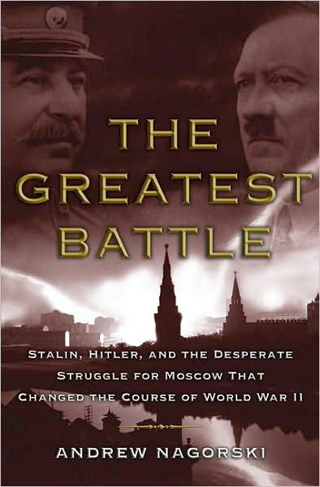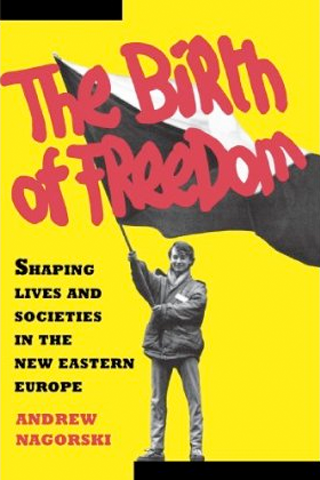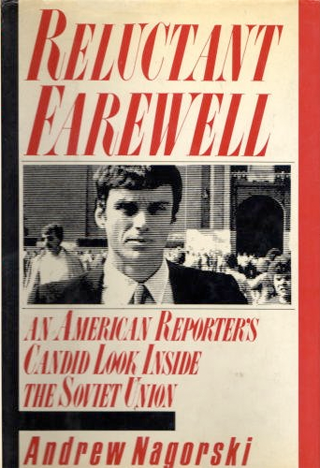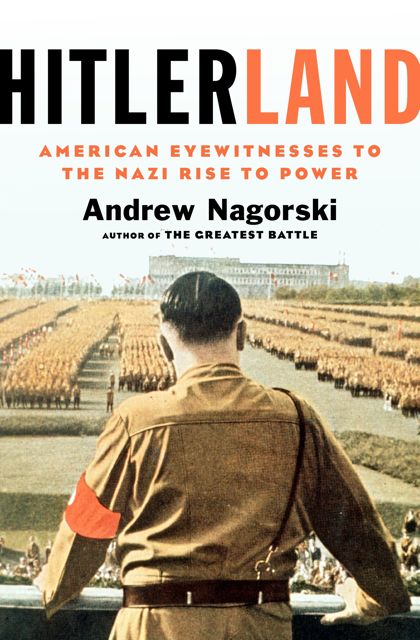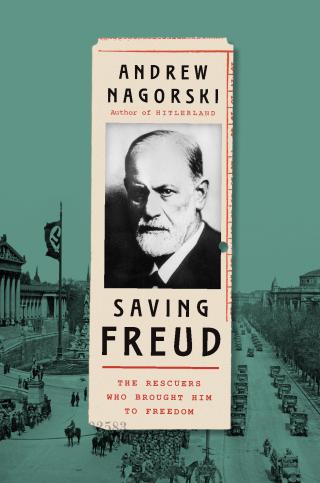The field of biographies about Sigmund Freud, founder of psychoanalysis, is a crowded one. Notable works from the past few years include Adam Phillips’s “Becoming Freud: The Making of a Psychoanalyst” and Frederick Crews’s “Freud: The Making of an Illusion.” While Phillips portrayed the father of psychoanalysis as a “visionary pragmatist,” Crews reduced Freud’s work to “detective fiction,” accusing him of plagiarizing some of his major ideas while also being a misanthrope who had little interest in actually helping his patients. By contrast, Andrew Nagorski’s new biography, “Saving Freud: The Rescuers Who Brought Him to Freedom,” is unconcerned with assessing the impact of Freud or taking down his legacy. Nagorski pursues a different approach, detailing how Freud and 15 members of his entourage managed to flee Austria for Britain in 1938, just as Nazi persecution of Jews was reaching a fever pitch. Nagorski tells a riveting new story, one that shows just how narrow Freud’s escape from the Nazi genocide was.
A former Newsweek correspondent who has written previous books about World War II, Nagorski focuses on Freud as well as the supporters who enabled his escape, a list of VIPs whose influence probably kept the Nazis from making Freud an immediate target. Among others, his saviors included two former patients and loyal devotees: the American ambassador to France, William Bullitt, and Napoleon Bonaparte’s great-grandniece and princess of Greece and Denmark, Marie Bonaparte. Well-placed in government and in Europe’s high society, Freud’s rescuers had the influence to obtain the necessary visas for a move to England as well as the immense sums of money the Nazis demanded before issuing exit visas. Bullitt, for example, negotiated diplomatic arrangements and protection to help Freud leave the country, while Bonaparte financially supported the Freud family and visited them frequently, conscious that the Nazis would be unlikely to persecute the family while important people were present.
Many other members of Freud’s rescue team had a long acquaintance with the physician, and Nagorski skillfully weaves their reasons for helping him into the narrative. Ernest Jones, a Welsh physician and early fan of psychoanalysis, first met Freud in 1908 and helped spread his ideas in North America and England. Although Jones was embroiled in numerous controversies involving the abuse of his authority in sexual relationships with patients, Freud remained loyal to him, chalking up the incidents as “further confirmation of his concept of ‘transference,’ whereby a patient redirects her feelings for someone else toward her therapist.” Jones and Freud’s lengthy and warm association contrasted sharply with other professional relationships that ended badly, such as Freud’s famous break with his onetime ally Carl Jung, which Nagorski also describes.
While Nagorski provides biographical details of Freud’s entire life, he concentrates on the years leading up to World War II. By the 1930s, all signs indicated that the world as Freud knew it was crumbling around him, yet he was unsure whether to take the Nazis seriously. “A nation that produced Goethe could not possibly go to the bad,” he once told Bullitt. Yet Nagorski shows that it was clear the Nazis intended to take aim at the psychoanalytic field, with its “heavily Jewish practitioners.” By 1933, antisemitism had become “official policy, with the medical profession an early target. Non-Aryan doctors, including psychoanalysts, could no longer participate in private or public health insurance programs, effectively preventing them from making a living.”
Freud continued to believe that Austria would maintain its independence from Germany, right up until March 1938, when Hitler made his final push into Vienna, cheered on by a mob of rabid supporters. Gangs ransacked Jewish businesses, including the psychoanalytic publishing house managed by Freud’s son Martin, while brownshirts paid a visit to the Freud household and had to be bribed the equivalent of $840 to leave them alone. Yet Freud continued to refuse his colleagues’ entreaties to leave. Suffering from cancer of the jaw, acquired from a habit of smoking 20 cigars a day, he was already in his 80s and knew he did not have much time left. When asked later why he had delayed his departure so long, his daughter Anna Freud blamed his illness as well as his inability to “imagine any ‘new life’ elsewhere. What he knew was that there were only a few grains of sand left in the clock — and that would be that.” But once Anna was arrested and interrogated by the Gestapo, Freud realized that to ensure her future, he would have to leave Austria.
Readers looking for an in-depth exploration of the tenets of psychoanalysis will not find that here, but “Saving Freud” contains just enough about the central themes of Freud’s professional life to give a sense of his impact on the discipline he is largely credited with inventing. Unlike other, more critical biographies, the Freud that emerges from these pages is warm, avuncular and excessively fond of Anna, whom he knew would carry on his legacy. The narrative pace and Nagorski’s fluid writing give this book the character of an adventure story. It is an engrossing but sobering read that reminds us how many others without the resources of the Freud family had no similar options to make an exodus.
Rachel Newcomb is a professor of anthropology at Rollins College.

